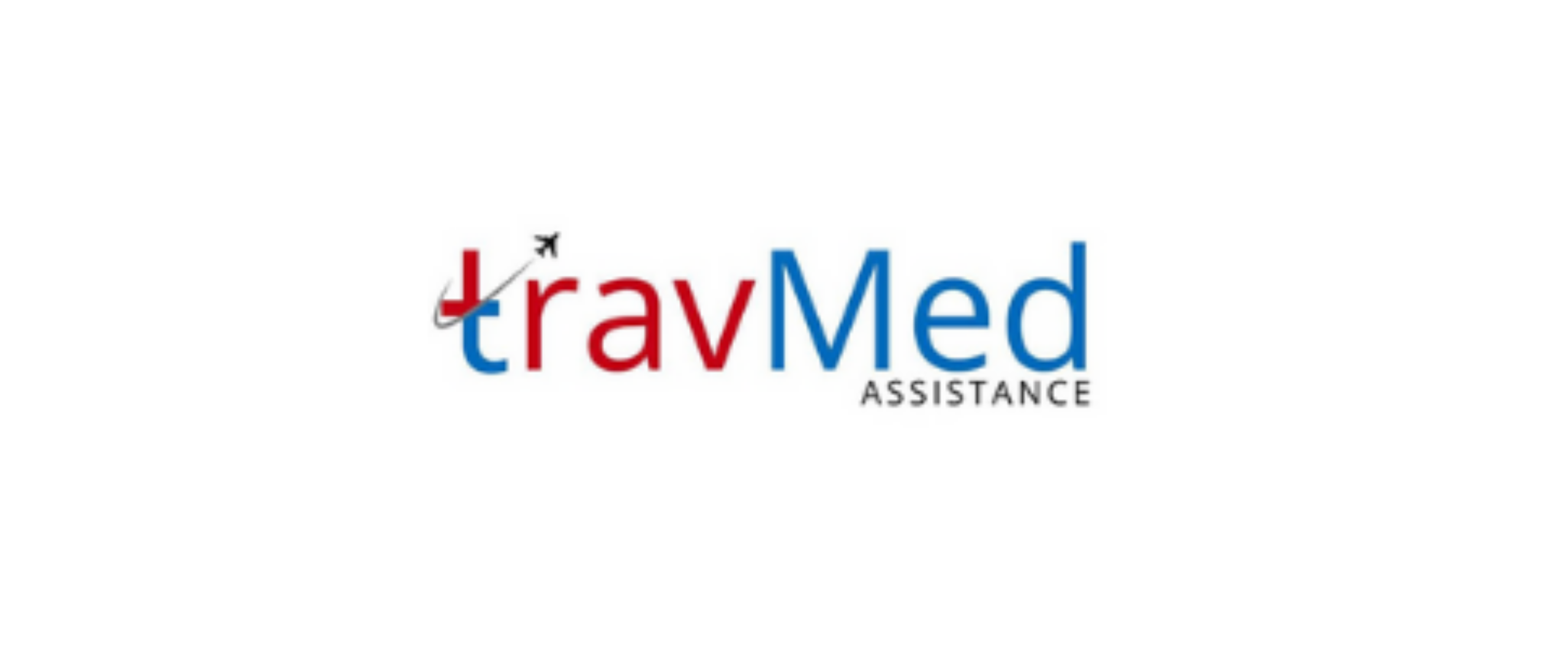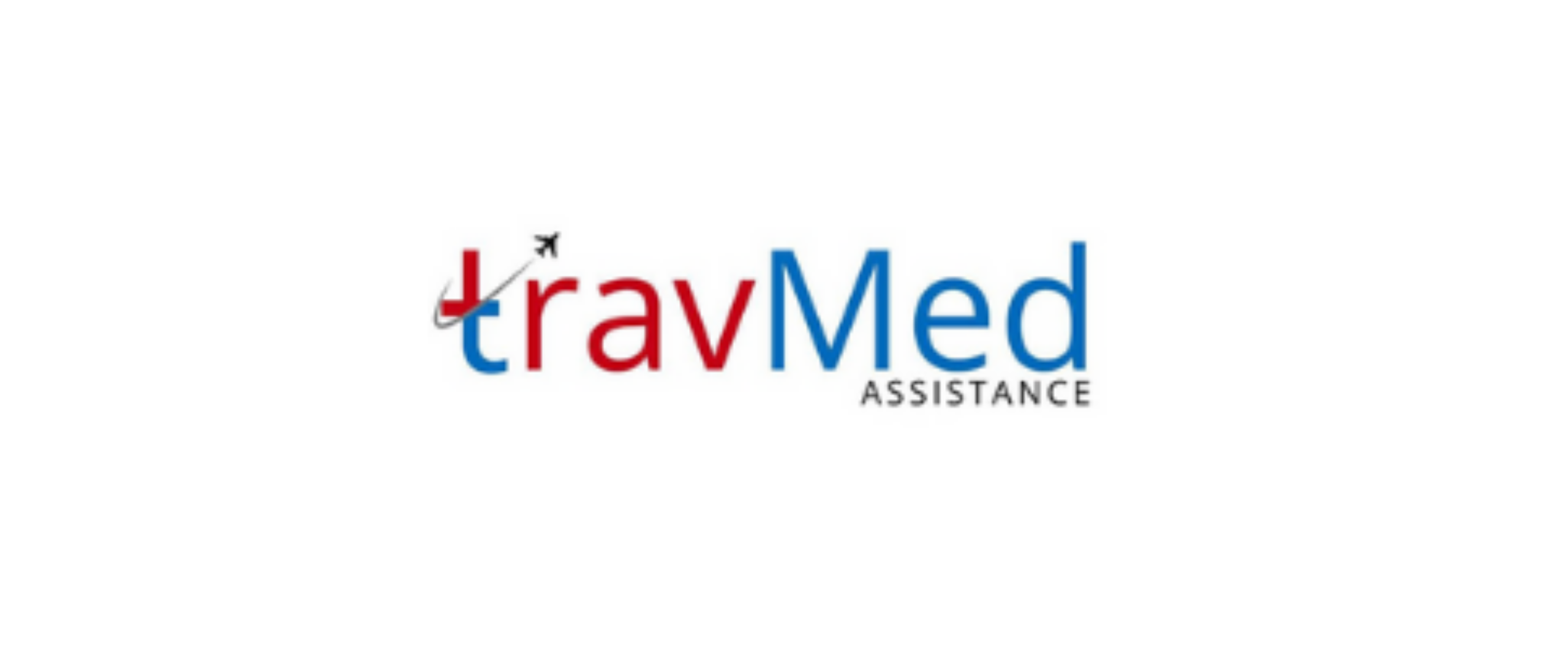
Helicopter charter for medical needs in Nepal refers to the specialized air transport service utilized for emergency medical evacuations, patient transfers, and delivery of critical medical supplies to remote areas. This service employs helicopters equipped with medical equipment and staffed by trained medical personnel to provide rapid response and transportation in situations where ground ambulances are impractical or time-consuming. Helicopter charters play a vital role in Nepal’s healthcare system, particularly in mountainous regions and areas with limited road access. These services are essential for transporting critically ill or injured patients to advanced medical facilities, conducting search and rescue operations, and delivering urgent medical care to remote communities.
Who provides helicopter services in Nepal?
Several companies and organizations provide helicopter services in Nepal, catering to medical needs and emergencies. Some of the prominent helicopter service providers include:
- Simrik Air
- Fishtail Air
- Air Dynasty
- Shree Airlines
- Kailash Helicopter Services
- Altitude Air
- Heli Everest
- Mountain Helicopters
These operators maintain a fleet of helicopters suitable for medical evacuations and are equipped to handle various medical emergencies. Additionally, the Nepal Army and Nepal Police also operate helicopters that can be deployed for medical emergencies and rescue operations in coordination with civilian authorities. These service providers work closely with hospitals, trekking agencies, and insurance companies to ensure prompt and efficient medical evacuations when needed.
How does the charter process work?
The helicopter charter process for medical needs in Nepal typically involves several steps:
- Initial contact: The patient, family member, or medical facility contacts a helicopter service provider or a medical assistance company.
- Assessment: The service provider evaluates the medical situation and determines the feasibility of helicopter transport.
- Flight planning: The operator plans the flight route, considering factors such as weather conditions and landing sites.
- Medical preparation: A medical team is assembled, and necessary equipment is prepared based on the patient’s condition.
- Permissions: Required permits and clearances are obtained from relevant authorities.
- Deployment: The helicopter is dispatched to the patient’s location.
- Patient pickup: The medical team stabilizes the patient and prepares them for transport.
- Flight to medical facility: The patient is flown to the designated hospital or medical center.
- Handover: Upon arrival, the patient is transferred to the receiving medical team for further treatment.
This process is designed to ensure swift and safe transportation of patients while adhering to necessary protocols and regulations.
What documents are required for helicopter services?
Several documents are typically required for helicopter medical services in Nepal:
- Patient’s identification document (citizenship card, passport, or other valid ID)
- Medical report or doctor’s referral detailing the patient’s condition
- Insurance information (if applicable)
- Consent form signed by the patient or a family member
- Flight manifest listing all passengers and crew
- Landing permits for specific locations (if required)
- Customs and immigration documents (for international patients)
- Medical evacuation request form
- Payment authorization or proof of payment
- Release of liability form
The exact documentation requirements may vary depending on the service provider, the nature of the medical emergency, and the specific circumstances of the flight. It’s advisable to contact the helicopter service provider or medical assistance company directly to confirm the precise documentation needed for your situation.
How much do medical helicopter charters cost?
The cost of medical helicopter charters in Nepal can vary significantly based on several factors:
- Flight duration and distance
- Type of helicopter used
- Medical equipment and personnel required
- Landing fees and permits
- Urgency of the mission
- Seasonal demand
On average, a medical helicopter charter in Nepal can range from $2,500 to $8,000 USD per hour of flight time. For example, a typical evacuation from the Everest region to Kathmandu might cost between $5,000 to $10,000 USD. More complex missions or longer flights can exceed $15,000 USD. It’s worth noting that these costs often include the medical team and basic equipment. Additional charges may apply for specialized medical equipment or extra personnel. Insurance coverage can significantly reduce out-of-pocket expenses for patients. Some trekking packages and travel insurance policies include helicopter evacuation coverage, which can be a cost-effective option for travelers.
How long does it take for helicopter evacuation?
The duration of a helicopter evacuation in Nepal depends on various factors:
- Distance between the pickup location and the destination hospital
- Weather conditions and visibility
- Altitude of the pickup location
- Type of helicopter used
- Time required for patient stabilization and loading
For example, an evacuation from the Everest Base Camp to Kathmandu typically takes about 1 to 1.5 hours of flight time. Evacuations from more accessible areas like Pokhara to Kathmandu might take 30-45 minutes. However, the total evacuation time, including mobilization of the helicopter, can range from 2 to 6 hours or more, depending on the circumstances. In remote areas, additional time may be needed for locating suitable landing sites or using long-line rescue techniques. Nighttime evacuations, while possible in some cases, may take longer due to additional safety precautions.
Are services available for remote locations?
Helicopter medical services in Nepal are indeed available for remote locations, which is one of their primary advantages. These services can reach areas that are inaccessible by road or would take days to access on foot. Remote locations served include:
- High-altitude trekking routes (e.g., Everest region, Annapurna Circuit)
- Remote villages in mountainous regions
- National parks and conservation areas
- Isolated research stations or expedition base camps
Helicopters used for these services are equipped to operate in challenging terrains and high altitudes. They often employ specialized landing techniques for areas without proper helipads. However, accessibility can be affected by extreme weather conditions, particularly during monsoon season. In some cases, helicopters may need to use nearby clearings or improvised landing zones if direct access to the patient’s location is not possible. The availability of services in remote areas underscores the critical role of helicopter charters in Nepal’s medical emergency response system.
How reliable are helicopter service providers?
Helicopter service providers in Nepal generally maintain high standards of reliability and safety. Factors contributing to their reliability include:
- Strict adherence to civil aviation regulations
- Regular maintenance and safety checks of aircraft
- Experienced pilots trained in mountain flying
- Modern fleet of helicopters equipped for medical emergencies
- 24/7 operations centers for quick response
Most reputable providers have a track record of successful medical evacuations and maintain partnerships with international assistance companies. However, reliability can be affected by external factors such as extreme weather conditions, which may delay or prevent flights. It’s advisable to choose well-established providers with a proven safety record. Travelers and trekking agencies often rely on recommendations and past performance when selecting a service provider. While incidents are rare, it’s important to note that flying in mountainous terrain inherently carries some risks. Providers continually work to mitigate these risks through training, technology, and adherence to safety protocols.
Can family accompany the patient during transport?
In most cases, helicopter medical services in Nepal allow one family member or companion to accompany the patient during transport, subject to certain conditions:
- The helicopter must have available space and weight capacity
- The companion must not interfere with medical care during the flight
- Additional passengers may incur extra charges
- The companion must sign necessary waivers and follow safety instructions
The decision to allow a companion often depends on the patient’s condition, the type of helicopter being used, and the specific circumstances of the evacuation. In some critical cases, medical staff may recommend against having a companion to ensure maximum space for equipment and personnel. For international patients, having a companion can be particularly helpful for communication and support at the receiving medical facility. It’s advisable to discuss the possibility of accompaniment with the service provider when arranging the evacuation.
How do I book a medical helicopter service?
Booking a medical helicopter service in Nepal typically involves the following steps:
- Contact a helicopter service provider or medical assistance company directly
- Provide patient details and location information
- Describe the medical condition and urgency of the situation
- Discuss available options and costs
- Arrange payment or provide insurance information
- Submit required documents (medical reports, consent forms, etc.)
- Confirm pickup location and destination hospital
- Receive booking confirmation and estimated arrival time
For travelers, many trekking agencies and hotels can assist in contacting helicopter services. In emergency situations, local authorities or rescue coordination centers can also initiate the booking process. It’s advisable to have emergency contact numbers readily available, especially when traveling in remote areas. Some providers offer pre-booking options for high-risk activities or expeditions. Having a clear understanding of your insurance coverage and any pre-authorization requirements can expedite the booking process in emergency situations.
Are services available 24/7 in Nepal?
Most reputable helicopter service providers in Nepal offer 24/7 availability for medical emergencies. This round-the-clock service is essential for responding to urgent medical situations that can occur at any time. Key aspects of 24/7 services include:
- Dedicated emergency hotlines staffed at all hours
- Pilots and medical teams on standby for rapid deployment
- Night-vision equipment for after-dark operations (where permitted)
- Coordination with hospitals for emergency admissions
However, it’s important to note that while services are available 24/7, actual flight operations may be restricted by factors such as:
- Severe weather conditions
- Visibility issues, especially in mountainous areas
- Nighttime flying restrictions in certain regions
During the monsoon season (June to September), night flights and operations in remote areas may face more frequent delays or cancellations due to weather. Despite these potential limitations, helicopter services strive to respond to medical emergencies as quickly as possible, regardless of the time of day or night.
How is patient safety ensured during transport?
Patient safety is a top priority during helicopter medical transports in Nepal. Several measures are implemented to ensure the well-being of patients:
- Medically equipped helicopters: Aircraft are outfitted with essential medical equipment, including oxygen systems, monitoring devices, and emergency medications.
- Trained medical personnel: Flights are staffed with experienced doctors or paramedics specialized in emergency care and aeromedical transport.
- Patient stabilization: Medical teams assess and stabilize patients before and during the flight.
- Secure patient loading: Patients are safely secured using specialized stretchers or seating systems.
- Flight planning: Routes are carefully planned to minimize turbulence and optimize patient comfort.
- Communication systems: Constant communication is maintained between the flight crew, medical team, and receiving hospital.
- Safety briefings: All passengers receive thorough safety instructions before takeoff.
- Regular safety drills: Crew members undergo frequent training in emergency procedures and patient care protocols.
- Weather monitoring: Flights are only conducted when weather conditions are deemed safe.
- Hygiene protocols: Strict cleanliness and infection control measures are followed in the aircraft.
These comprehensive safety measures aim to provide the highest standard of care and protection for patients during their aerial medical transport in Nepal.


